Since 2009, investors have poured over half a billion dollars into wearable tech startups.
This isn’t surprising when you consider that wearable tech (including smart glasses, watches, and fitness bands) is still an early adopter market and already estimated to be worth $3 billion.
In 2016, an estimated 100 million wearable tech devices were shipped. That’s ten times the number of devices that shipped in 2014.
So, how does this affect our jobs as marketers? What might we be doing differently in 2020, if wearable technology reaches the level of adoption that’s expected?
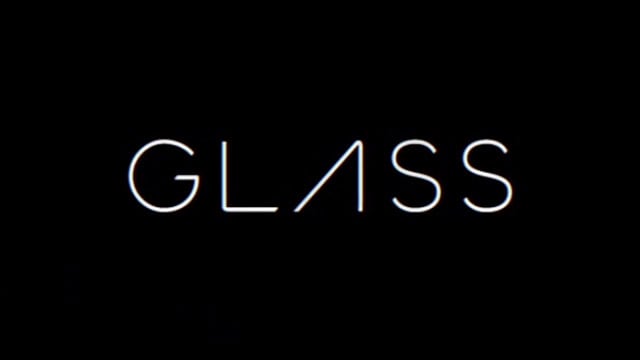
Below are 19 implications that I believe wearable tech will have on digital marketing.
1. The winner takes all approach to SEO
SEO is currently a game of winner takes majority. While no-one can quite agree on the exact percentages, it’s evident that if you rank #1 for a search term on Google or any other major search engine, you will receive a disproportionate amount of the total clicks for that term.
However, while a majority, this top result usually receives 55-65% of the total search volume. The other 35-45% of traffic is distributed non-linearly between the rest of the pages ranking below the #1 result, as illustrated below.
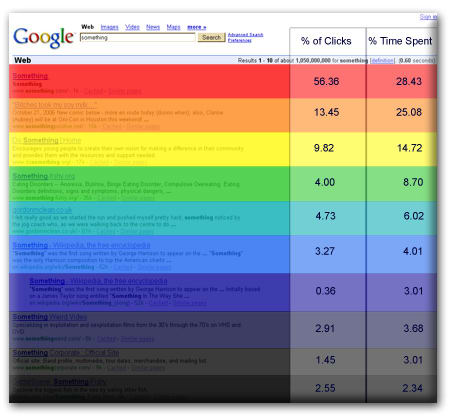
If Google Glass gains mass adoption, SEO will become more of a winner takes all game. Why?
Google appears to be moving towards card-based search results, rather than page-based search results. What’s more, only one card is displayed at any one time.
If you currently search for ‘Seattle Mariners Tickets’ on Google Glass, this is what you see. Notice that there is no option to see the next result or any list of ten blue links.
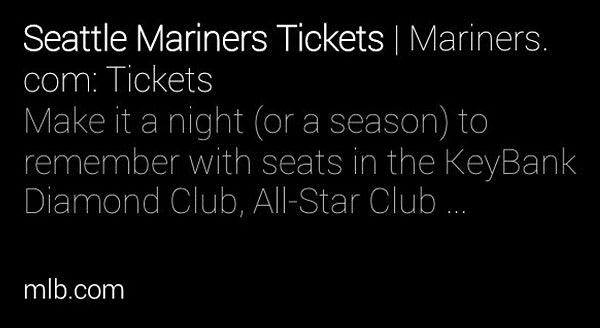
The motivation behind this card-based search result is pretty obvious; to support Google’s knowledge graph. Matt McGee wrote a great post on SearchEngineLand elaborating on this move towards card-based SERPs, and some of the pros and cons.
2. Increasing voice search will influence keyword targeting
An obvious trend with wearable tech is that voice-based search will become the default method of searching for things. This has its challenges, and will likely have an impact on how we target keywords – particularly if those keywords are homophones or have multiple meanings.
In the post mentioned above, Matt gave a great example of how searching (via voice search) for the band ‘U2’ highlights the website YouToo.com as the #1 search result. After several attempts, he finally got to to the band’s website by saying “Band U2”.
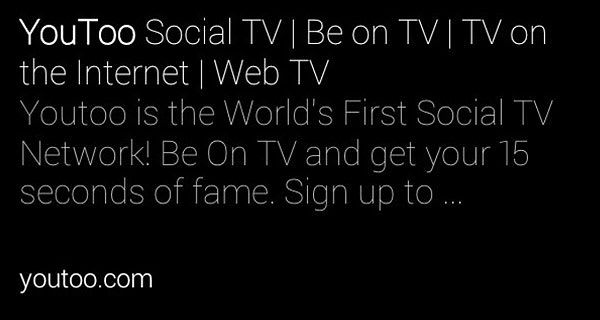
On Google’s end, this is a relatively minor issue that is easily solved with a “did you mean X or Y?” card. From a marketer’s perspectives, it’s significant enough that it will need to enter the keyword research process. If people begin to add more identifying nouns while searching, we will need to understand how best to target those nouns.
3. The consumer will be smarter than ever before
A spectrometer is a device used to understand the chemical make-up of anything.
Some of the first portable consumer spectrometers are being developed right now. That means that soon enough we will all have the technology to understand the exact contents of whatever we look at. How much MSG is in this chicken? Are the tablets the doctor gave you just placebos? A spectrometer knows.

I think it’s only a matter of time before Google, Apple, or some other wearable tech company buys up a spectrometer company to integrate into their products.
Imagine going into a store and looking at a cleaning product through a pair of Google Glasses. All of a sudden your Google Glasses (with a newly built-in spectrometer) tell you which harmful chemicals are contained in this bottle.
This could have radical impacts on the retail, food, and pharmaceutical industries where good marketing covers up a lot of nasty truths. It’s a pretty wild guess, but hopefully not too unrealistic.
The impact of this on marketing is fairly straight forward; peddling shit becomes an even less effective marketing strategy.
4. Websites with good microdata markup will have a competitive advantage
Similarly to above, but on a less extreme scale, it’s fairly well-established that Google Glass will enable you to see additional product information when you look at it.
In other words, if you were to walk into a bookshop with a pair of Google Glasses, and you picked up a copy of a good book, you could quickly read online reviews and also compare prices. You could even order a copy of the book to your door from the bookshop.
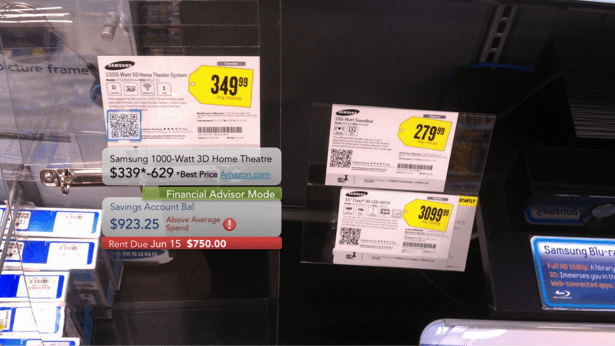
This is good news for e-commerce sites, and retailers who recognise this trend early on. Bad for retailers who don’t. With the natural advantage over price, selection, and geographical influence, more customers will be driven to e-commerce sites from real-World stores.
It’s beyond the scope of this post to suggest how retailers can respond to this, but for e-commerce sites, the key here will likely be to have well marked-up products and reviews for Google to serve up when an image or product is recognised in the real world.
5. Hyper-local marketing based on context and location
We’ve yet to crack contextually and locally relevant marketing on a mass-scale. The closest we’ve come is probably with FourSquare’s push notification deals offering you a $1 discount on Starbucks as your walk past a Starbucks cafe.
Wearable technology has the power to understand context like never before; my Jawbone Up wristband knows more about my sleeping, movement, and eating habits than I do.
For example, it knows that I eat a lot of Sushi, when I eat lunch, and where I am. These three things provide the context for a local sushi joint to target me at the right place at the right time.
I can’t see Jawbone or Fitbit doing this, but I can see Google doing it. Why? Well, they own Google Ads, which would be the perfect platform to enable advertisers to target Glass users at the right place at the right time, which brings us neatly onto a patent that Google has filed…
6. Pay-Per Gaze Advertising
On August 13th 2013 Google were granted a patent for ‘pay per gaze advertising’.
As Google reduce the cost of their Glass headsets, this will likely become the primary monetisation method for Google Glass. It’s hard to imagine it not being insanely effective, due to the contextual and local relevance, so this will probably enable Google to massively reduce the cost of a headset in order to increase their ad revenues.
7. Social networking will become less ‘one size fits all’
The anthropologist, Robert Dunbar, proposed the widely adopted theory that there is a cognitive limit on the number of people we can maintain stable social relationships with at any time.
Dunbar’s number, as it’s often to referred to, is approximately 150. This is one of the fundamental flaws of social networking sites that enable us to befriend hundreds or even thousands of friends.
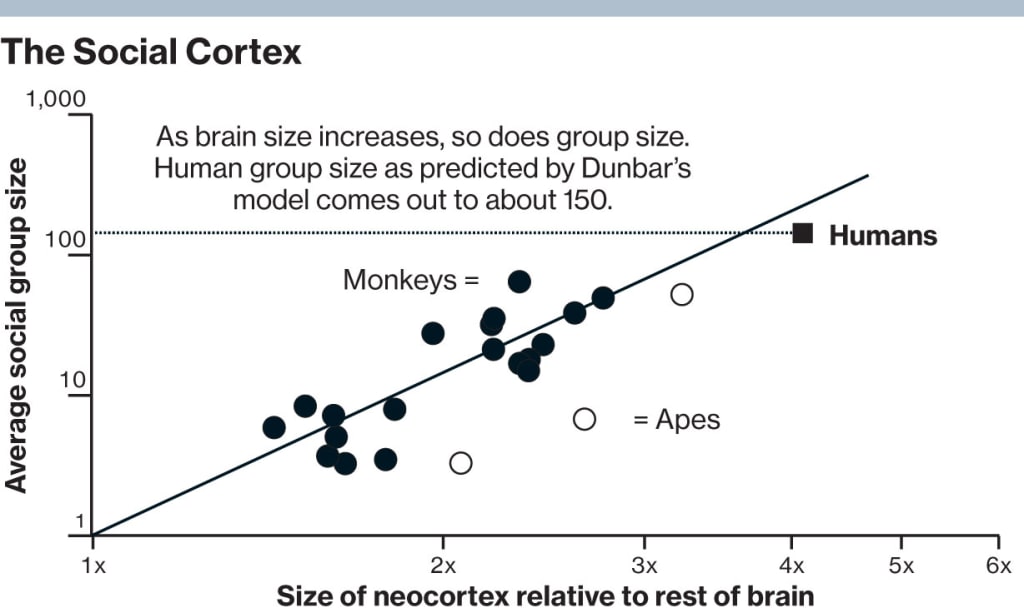
I have a feeling that Google Glass will encourage more one-on-one sharing with the friends who are closest to us. Similarly to the feel of Snapchat or SMS, you’ll share quick images and videos with close friends who understand the contextual relevance of what you’re sharing.
While ‘share with all’ will likely always be an option, I feel if widely adopted, Google Glass could be a great platform to centre itself around relationship depth rather than breadth.
8. A new wave of Glassware app opportunities
One of the obvious ways that businesses will be able to tap into Google Glass is through Glassware (the Google Glass app platform). Several innovative companies, such as Reddit, MarketingLand, and Evernote are already building their glassware apps in anticipation of the rising trend.
9. The era of live streaming
One of the primary functions of Google Glass is the ability to live stream video and take first-person images.
While some creative app developers are using this as an opportunity to produce apps that enables you and your partner to experience multiple angles while having sex, I think the majority of us will opt for a tamer approach.
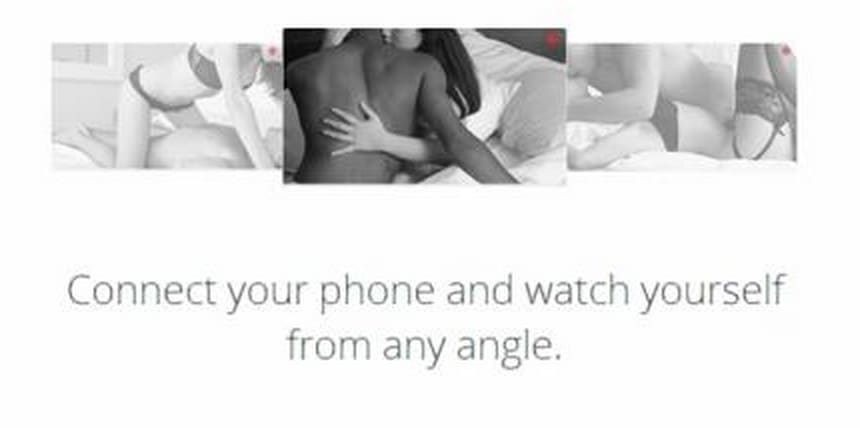
In theory, live streaming technology is not new – platforms like uStream, LiveStream, and StageIt has been around since 2007. However, it’s not seamless to host a streaming session. Google Glass, on the other hand, could be fired up in an instant and broadcasted to customers or fans.
This opens the door to more opportunities to produce behind the scenes content, offer better customer service with one-on-one remote demonstrations, and many other creative ways of using live streaming.
One thing’s for sure; this medium of content will grow in popularity as more and more brands and personalities adopt it to engage their audience.
10. Online shopping will be bigger, faster and more impulsive than ever
The Internet paved the way for near-instant gratification. Thanks to the global market and sites like Amazon, we can have virtually anything we want in a matter of days as soon as we can afford it, get to a computer, and stick an order in.
In the next few years, shipping will become stupidly fast using predictive technologies that ship items before you even buy them (yes, Amazon have filed that patent). They also appear to be replacing FedEx with shipping drones of some sort. So, what’s this got to do this wearable tech?
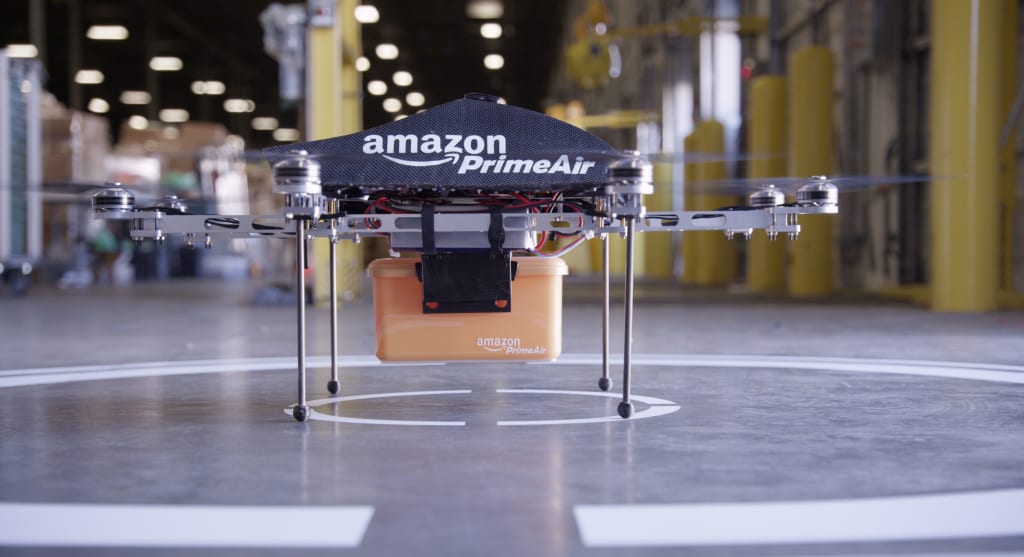
One of the conditions for buying something online is to be at a computer – with wearable tech, you’re always at a computer. You could argue that this is already the case with mobile devices, and I’d agree (as would Mcommerce stats).
However, the reduced friction of buying through a headset, combined with faster delivery, will make it even more compelling to order your groceries to your door while walking home from the gym.
11. The deluge of content is about to get out of hand
I tried a pair of Google Glasses on at a conference a few months ago. Once the novelty of pretending to be in a sci-fi film, and the realisation that you’re now a “glasshole” passes, you notice this: it’s insanely easy to create content.
Specifically, it’s very easy to create and share video and photo content. If you have any glasshole friends on Facebook or Twitter, you’ll probably have noticed an increasing number of strangely mediocre videos that they begin to post of themselves wearing Google Glass in public. It’s an odd phenomenon.
But here’s the thing, soon that novelty will die off and people will begin to use them to create good content. Customers and bloggers will use them to record video reviews just after using/buying a product. YouTube will explode with new content.
For marketers, this deluge means exactly what it meant before: only the most remarkable content will get discovered and remarked upon.
12. Creativity in online advertising will become vital
If you write a crappy Google Ads advert today, you’ll get your 0.5% CTR and carry on with your day as usual. Besides wasting budget, little harm is done.
With Pay-Per Gaze advertising and one-card search results, you’re quite literally sticking an ad in someone’s face. Understandably, bad advertising won’t just under perform – it’ll aggravate potential customers.
Because of this, online advertisers will need to get very good at what they do. PPC (or PPG) will become an art that requires an analytical and statistical edge, as well as a creative one.
As such, we’ll see an increasing demand for creative types, with a knack for creating enjoyable ads, within digital agencies and online departments.
13. The content marketing arms race will be won by creativity x insight
I’m as tired of hearing gurus over-hype big data as you are, but I do believe that the content marketing arms race will be won by those with the best combination of creativity and insight.
Insight doesn’t necessarily mean big data. Insight could come in the form of a profound idea or opinion. But scientific data is a fertile breeding ground for good insights, and wearable tech will provide a tonne of new insights.
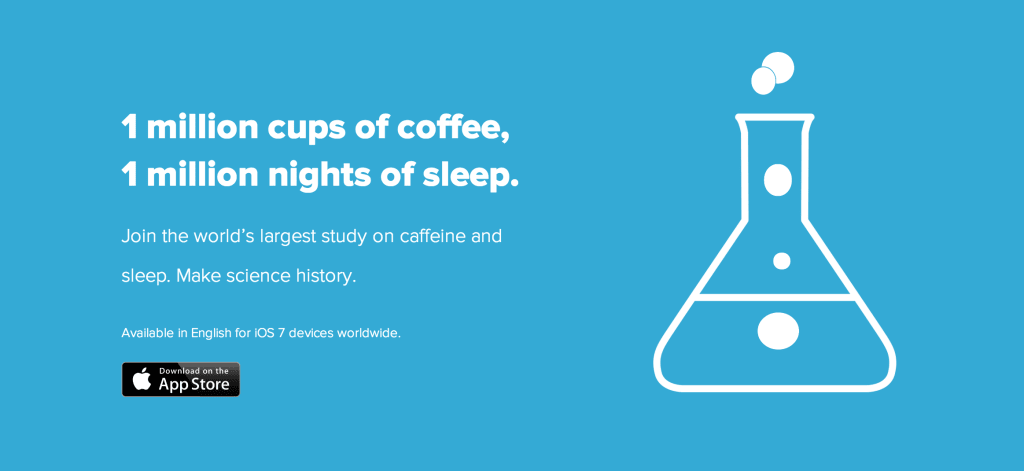
This will be a big opportunity for companies entering the Glassware App space. If your company can build a useful Glassware app that users are willing to share data with, that data could be turned into some great content – but only when you combine it with creativity.
14. Company-wide adoption of wearable tech will be a competitive advantage
FitBit’s CEO, James Park, mentioned in an interview at CES that the fastest growing part of their business is corporate clients. Wait, what?
Innovative companies will use wearable tech to streamline HR, distribution, customer service, and even R&D. Imagine being able to speed up shipping by using smart eyewear to identify where a product is in a warehouse. What about instantly connecting to a customer service rep via your Google Glass and live streaming what you can see with them.
How does this affect marketing? Well, it’s a massive advantage over the competition that can be marketed. Similarly to the first companies that fully adopted Twitter or Pinterest, I can see a few companies becoming famous for their innovative use of Glass.
15. Wearables will increase the importance of mobile marketing
The folks at Gartner believe that in the next few years, 50% of all app interaction will be driven by wearables. Given that Jawbone is the second most visited app on my iPhone, behind email, this doesn’t surprise me.
Maybe by 2025 wearable tech may replace mobile devices entirely, but for the next decade, I think wearable tech and mobile devices will have a symbiotic relationship. Neither one being slave or master to the other, just symbiotic.

Given the likelihood of this and all mentioned above, it’s reasonable to assume that mobile (and non-device specific) marketing will become increasingly important.
So what does this mean for us marketers? Well, if your website doesn’t have a responsive design yet, now’s the time to get the ball rolling. If people aren’t playing buzzword bingo on the word ‘mobile strategy’ in your boardroom discussions, time to get it on the agenda.
16. One last breath of life into Google+
Despite the departure of Vic Gundotra, Google+’s chief evangelist for almost 8 years, Google claims that they have no intention to change their strategy with Google+.
The word on the street is that Google is moving away from considering Google+ to be a product and more towards a platform. I think this makes sense, and Google Glass could potentially breathe one big last breath into turning it into an active and useful platform.
Until the hypothetical day that Google announces a recall of Google+, I think it’s sensible to invest some effort into building up your authority and presence on Google+. If nothing else, sites with a high number of +1s tend to rank higher in Google than those with a low number. It’s very unlikely that this is purely correlation, despite what Matt Cutts says.
17. An accurate way of measuring the ROI of offline marketing
The big challenge with offline marketing is that we don’t know if our website conversions were triggered by a customer driving past a billboard on Friday night, or whether he saw our advert in The New York Times on Saturday morning.
Google Glass could develop the technology that identifies whether a user has seen an offline advert, and then track their behaviour, in a very similar way to how we do online using tracking cookies. I can imagine this being integrated as a premium feature in Google Analytics over the next few years if all goes to plan with Glass.

For the offline advertising industry, this could make or break a lot of their businesses. It would effectively enable marketers to allocate their budgets more effectively, so if the billboards really are driving sales, great. If not, we’ll be seeing fewer billboards.
18. A wave of opportunity for wearable tech PR stunts
A friend of mine in the music space, Brittney from Songdrop, recently got a decent amount of publicity for developing a Google Glassware app that identifies famous music landmarks and displays information about them through Google Glass.
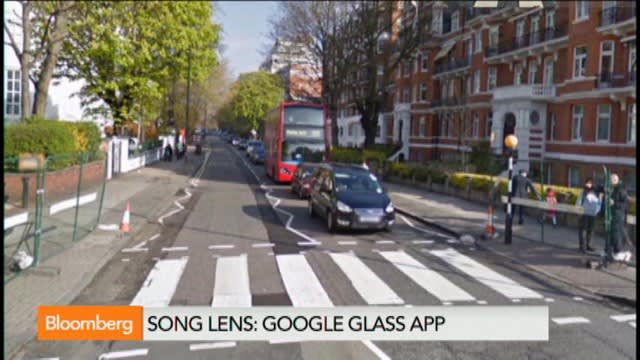
Over the next two years, we’ll see a wave of innovative folks jumping on the PR bandwagon with interesting apps and creative ways of using not only Google Glass, but other forms of new wearable tech.
19. Wearable tech will be great for savvy local businesses
One of the clear winners from smart eyewear will be the smart local businesses that embrace Google Local Listings and local review sites like Yelp, Urbanspoon, and TripAdvisor.
As I’ve mentioned throughout this post, one of the big shifts that many smart folks are working on right now is figuring out context i.e. what are you doing/feeling/wanting right now. If we know that, we can be smarter with our marketing.
Interestingly, there are always a disproportionate amount of customers that go to the best-reviewed place in an area. The best pizzeria in your town probably gets 80% of all the business from people who are hungry for pizza. This disparity will become even more extreme as more and more people turn to their Google Glasses for recommendations and directions to the nearest pizzeria.
So what should you do if you run a local business? Exactly what you should have been doing in 1999; improving your service, getting more positive reviews, and generating word of mouth. Become the best of whatever you do in your area – and make sure your online presence makes that clear.
The Future of Wearable Tech’s Influence on Marketing
The fundamentals of marketing will not change at all, just as they haven’t over the past few centuries. The technologies will change though, and that’s enough to influence our marketing strategies and make certain tactics become more effective than others.
At a macro-strategic level, wearable technology one particularly huge opportunity.
That is, we will finally have technology that’s designed to be with us at all times, and can understand context and location. It’s no overstatement to say that this is potentially a revolutionary advance for marketing if the privacy issue can be carefully overcome.
If history is any indication, then it will be overcome, and we’ll see marketing reach a whole new level of personalisation and relevance.
What do you think? Will wearables radically change how we market products and services – or will we do much of what we’re already doing?
Image Credits: Justin Brown, Joakim Formo




